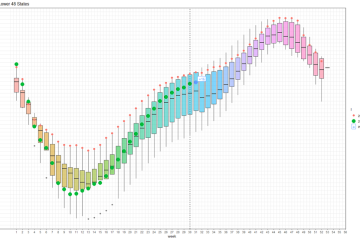Understanding the Role of the Central Pollution Control Board (CPCB)

Introduction
The Central Pollution Control Board (CPCB) is an autonomous regulatory body set up in 1974 by the Government of India, pivotal in maintaining the quality of the environment. Its mandate includes monitoring pollution levels across air, water, and land in India. As environmental degradation continues to pose significant challenges, the CPCB serves as a key player in safeguarding ecological balance and public health.
Key Functions of CPCB
The CPCB’s responsibilities are extensive and varied. Firstly, it formulates standards for the quality of air, water, and soil as per the guidelines set by the Environmental (Protection) Act, 1986. Secondly, it monitors and evaluates the pollution levels across major urban and industrial areas through continuous surveillance. This includes data collection and analysis, which is crucial for informed policy-making.
Moreover, the CPCB plays a critical role in noise pollution control, setting permissible limits and working on compliance strategies. It also facilitates collaboration with state pollution control boards and various stakeholders to ensure a comprehensive approach to environmental management.
Recent Developments
Recently, the CPCB has heightened its focus on air quality management, particularly in urban areas. Initiatives like the National Clean Air Programme (NCAP), launched in 2019, underscore the commitment of CPCB to mitigate air pollution. This includes promoting sustainable practices, innovative technologies, and enhancing public awareness about pollution causes and effects.
Furthermore, the CPCB has actively engaged in monitoring industrial effluents and ensuring compliance with established norms. In 2023, there has been a notable increase in penalties imposed on industries failing to comply with pollution standards, indicating stricter enforcement measures.
Conclusion
The CPCB’s role in managing environmental health in India cannot be overstated. With ongoing initiatives and collaborations, it aims to reduce pollution levels and promote sustainable development. As urbanization accelerates and industrial activities expand, the need for a vigilant and proactive CPCB becomes even more significant. For citizens, understanding the CPCB’s work offers insights into the ongoing efforts to create a cleaner, healthier environment. It underscores the importance of individual contributions towards environmental sustainability, fostering a collective responsibility to protect our natural resources for future generations.









